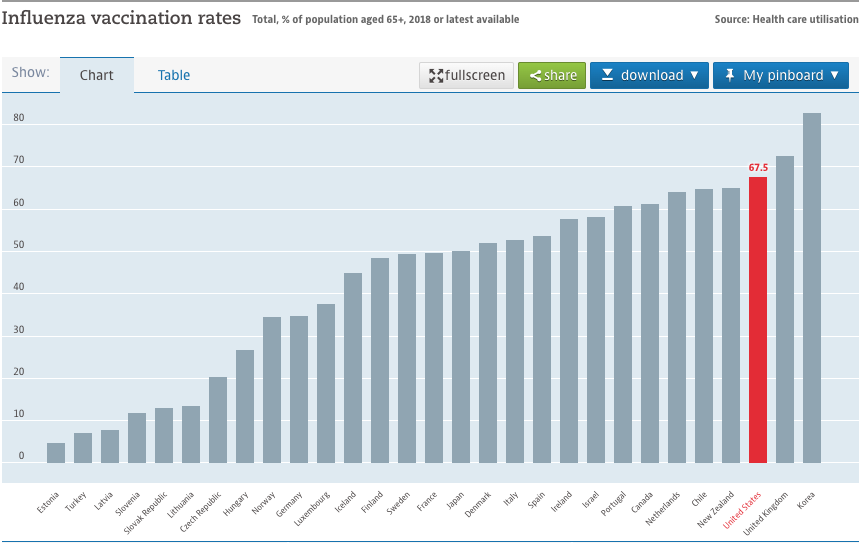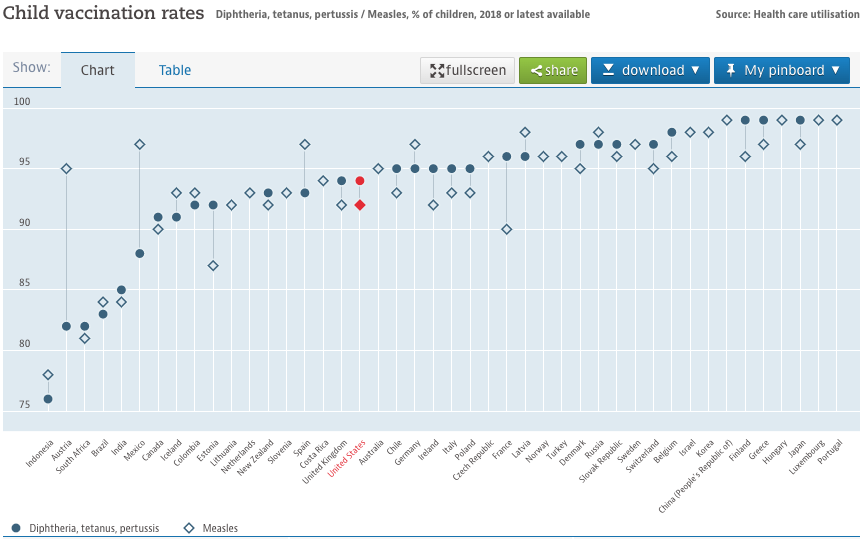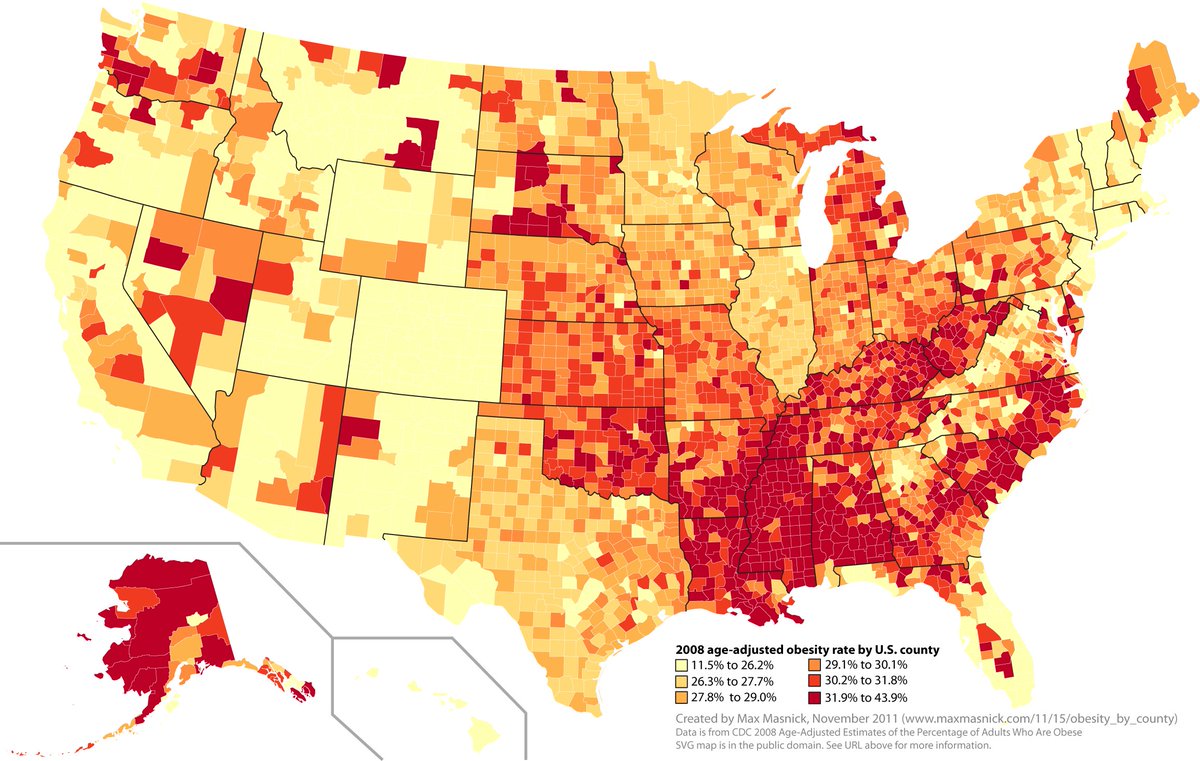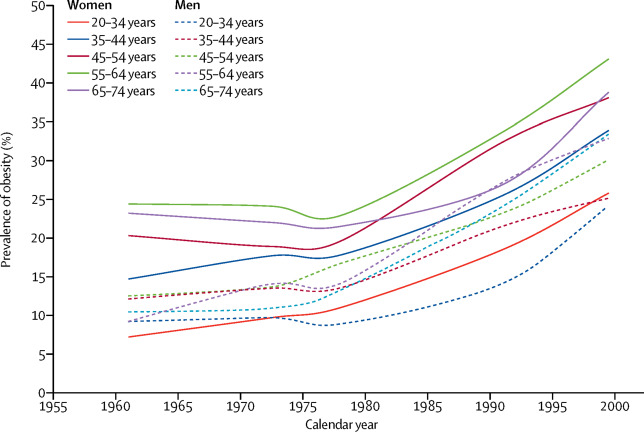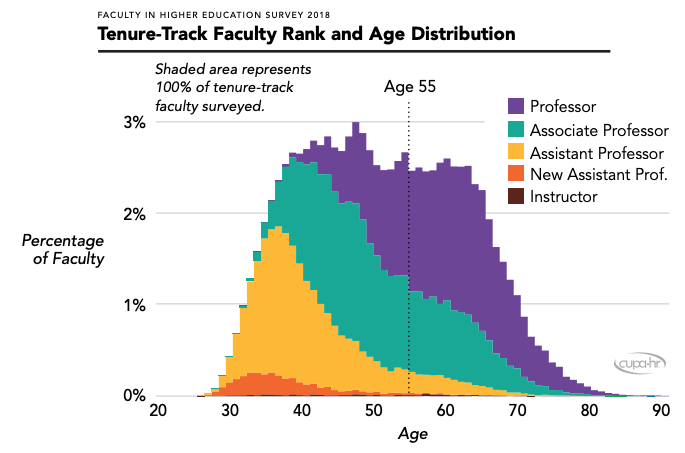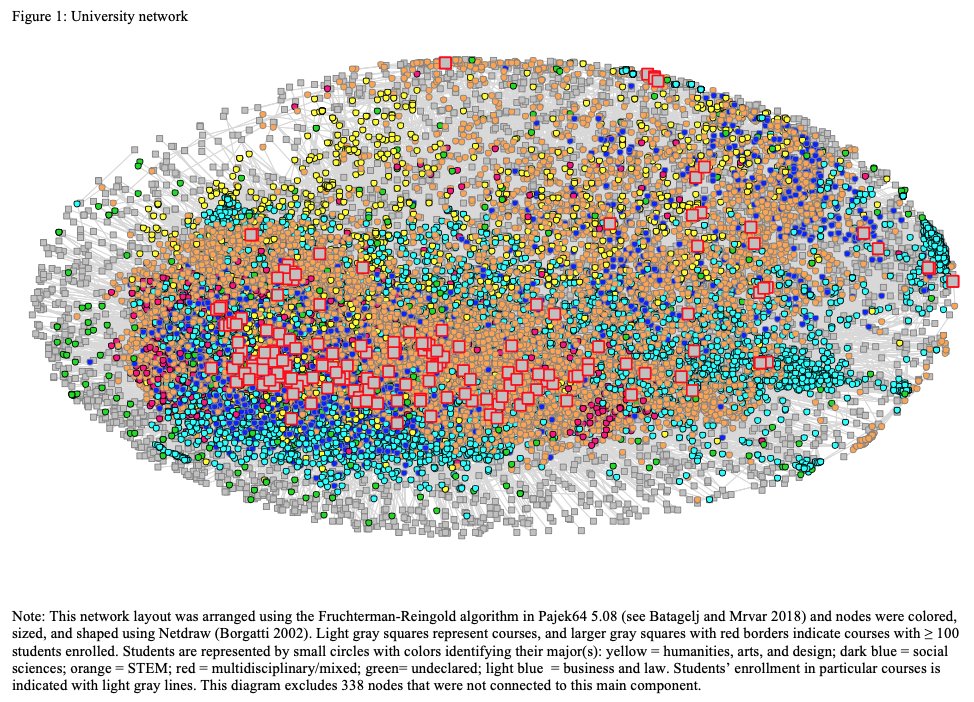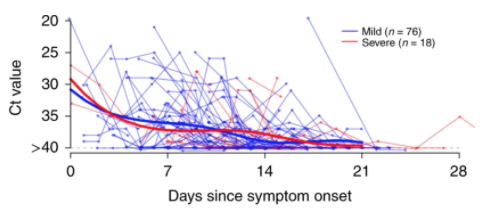
@trvrb @LongDesertTrain @CT_Bergstrom Perhaps influenza (or any endemic virus) isn’t a good model. It depends on availability of susceptible hosts. A highly transmissible variant in one season would deplete the pool of available hosts in the next so endemic pathogens stabilize at moderate levels of transmission 1/
@trvrb @LongDesertTrain @CT_Bergstrom OTOH SARS-CoV-2 is in a transient phase and has yet to become endemic. ~All naive humans are susceptible so the immediate selective pressure is to maximize transmissibility
2/
2/
@trvrb @LongDesertTrain @CT_Bergstrom Once SARS-CoV-2 has become endemic, maybe it will tend toward lower transmissibility, but we’re not there yet. Globally aren’t we still well under 50% seropositive? But likely there are subpopulations approaching herd immunity levels of infection/immunity
3/
3/
@trvrb @LongDesertTrain @CT_Bergstrom A worrisome possibility is that we are now seeing selection for the combination of transmissibility and partial escape from immunity induced by early variants leading to variants inducing mild/asymptomatic but nevertheless contagious infection in previously exposed hosts
4/
4/
@trvrb @LongDesertTrain @CT_Bergstrom Because ~all of the vaccines and monoclonal therapeutics are based on early spike gene variants, vaccinated or treated people could be contagious even if asymptomatic thus giving such lineages increasing advantage as levels of vaccination increase
5/
5/
@trvrb @LongDesertTrain @CT_Bergstrom Obviously mass scale surveillance sequencing is critical to get a handle on where we are. If this speculation is correct, we will need periodic boosters with reformulated vaccines. Not the end of the world. After all, it’s what we’ve been doing with flu for years
6/fin
6/fin
• • •
Missing some Tweet in this thread? You can try to
force a refresh

